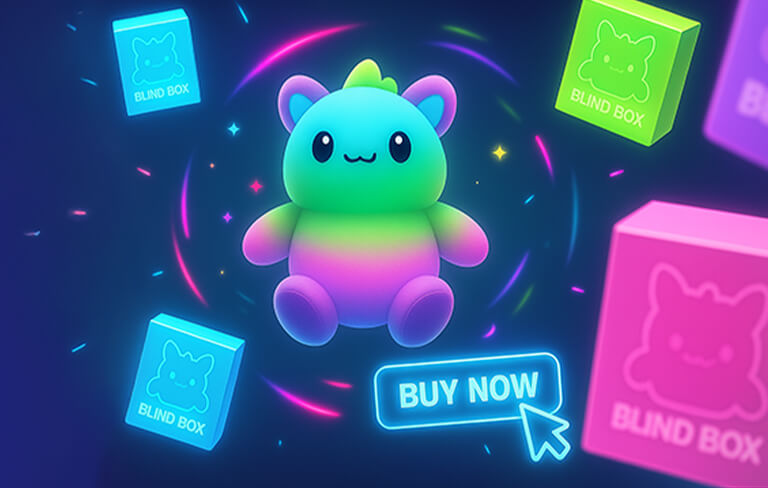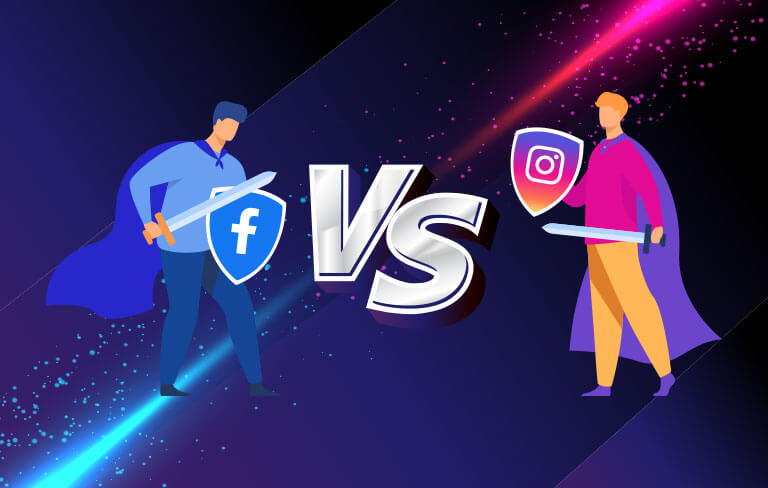In a world where consumers demand transparency, one of the most intriguing marketing trends in recent years thrives on the exact opposite: Mystery. The “blind box” concept, which originated from Japan’s gachapon culture and collectible toys, has evolved far beyond trinkets and figurines. Today, it is a marketing strategy embraced by brands across industries from beauty and food to lifestyle and tech, each harnessing the thrill of the unknown to capture consumer attention.
At its core, the blind box lets you buy a product without knowing exactly what’s inside. It could be a limited-edition flavor, a collectible design, or a special collaboration item. The only certainty is that you’ll be surprised, and that uncertainty is exactly what makes it irresistible.
The Psychology Behind the Box
Blind boxes work because they tap into three powerful psychological triggers: curiosity, surprise, and exclusivity.
Curiosity is hardwired into human behavior. The moment consumers see a mystery item, their minds start filling in the blanks: What could it be? Is it worth it? What if I get the rare one? That sense of not knowing keeps them engaged and emotionally invested.
Then comes the surprise factor. Studies in consumer psychology show that unpredictable rewards create stronger dopamine responses than guaranteed ones. The anticipation and reveal mirror the same emotions felt when unboxing a gift or winning a game, making the experience addictive and memorable.
Finally, there’s exclusivity. Many blind box campaigns include limited runs, rare variants, or “secret” items. This drives a sense of urgency and collectability. People aren’t just buying a product, they’re buying the chance to be among the few who get something special. In a culture driven by scarcity and social sharing, that perceived rarity amplifies both demand and desirability.
The Rise of Mystery Marketing
Brands have taken this concept and turned it into creative campaigns that go beyond novelty.
A recent example is McDonald’s collaboration with global K-pop sensation BTS, which brought the blind box trend into the fast-food world. Fans in Singapore can now collect mini-versions of the seven BTS members, also known as the TinyTan figurines, packed in blind boxes with every Happy Meal purchase.
This campaign cleverly fuses fandom culture, limited-edition appeal, and digital interactivity. Each Happy Meal box includes a QR code that unlocks a TinyTan Digital Play experience, extending the excitement beyond the toy itself. By combining physical collectibles with digital engagement, McDonald’s demonstrates how mystery can evolve into a multi-sensory, emotionally charged experience, driving anticipation, sharing, and repeat purchases.
Another example is Lee Kum Kee’s “First Draw” campaign, conceptualised and brought to life by Mashwire. Inspired by the traditional ritual of drawing a fortune stick, the campaign reimagined the experience in a digital format. Consumers were invited to “draw” their fortune online, revealing surprise pairings and experiences tied to the brand’s sauces. By blending cultural storytelling with gamification, a familiar pantry staple was turned into an interactive moment of curiosity, joy, and shareability.
Discover how Mashwire helped Lee Kum Kee transform a simple draw into a moment of mystery and delight: Read the full case study here.
The Fine Line Between Fun and Fatigue
However, like any trend that catches fire, mystery marketing must be handled with care. When overused or poorly executed, blind boxes can quickly lose their magic or spark backlash.
Consumers today are savvier than ever. If a blind box feels like a gimmick or delivers low-value surprises, disappointment spreads fast on social media. Similarly, environmental concerns about excessive packaging or waste can erode goodwill. Brands must balance novelty with authenticity, ensuring the mystery enhances the core product promise.
Transparency in intent also matters. While mystery is exciting, consumers still expect fairness. Clear communication about the range of possible outcomes, odds, or value can maintain trust without spoiling the fun. The key is designing experiences that feel rewarding no matter what’s inside the box.
Beyond the Box: What It Reveals About Modern Marketing
The success of blind boxes reveals a deeper truth about consumer behavior: marketing thrives on emotion, not just utility. People don’t always buy because they need something, they buy because it makes them feel something.
Mystery taps into joy, suspense, and satisfaction. They are the same emotions that drive binge-watching, gaming, or collecting. In an era of algorithm-driven predictability, the simple act of not knowing feels refreshingly human. That’s what makes the blind box a reflection of our desire for surprise in a world that often feels overexposed.
So, is it just a trend or is it here to stay? The answer lies in how brands use it. Blind boxes may evolve in form, from physical packaging to digital experiences. As long as curiosity exists, mystery will remain a powerful storytelling tool.
The Final Unboxing
Mystery marketing doesn’t just sell products, it builds emotional connection. It reminds consumers that the thrill of discovery can live in everyday moments, even in something as simple as opening a box.
At Mashwire, we help brands craft experiences that spark curiosity, nurture loyalty, and turn anticipation into affection. Because in the end, the greatest surprise isn’t what’s inside the box, it’s how the experience makes people feel.
Ready to craft experiences that leave a lasting mark? Let’s make it happen together with Mashwire!





